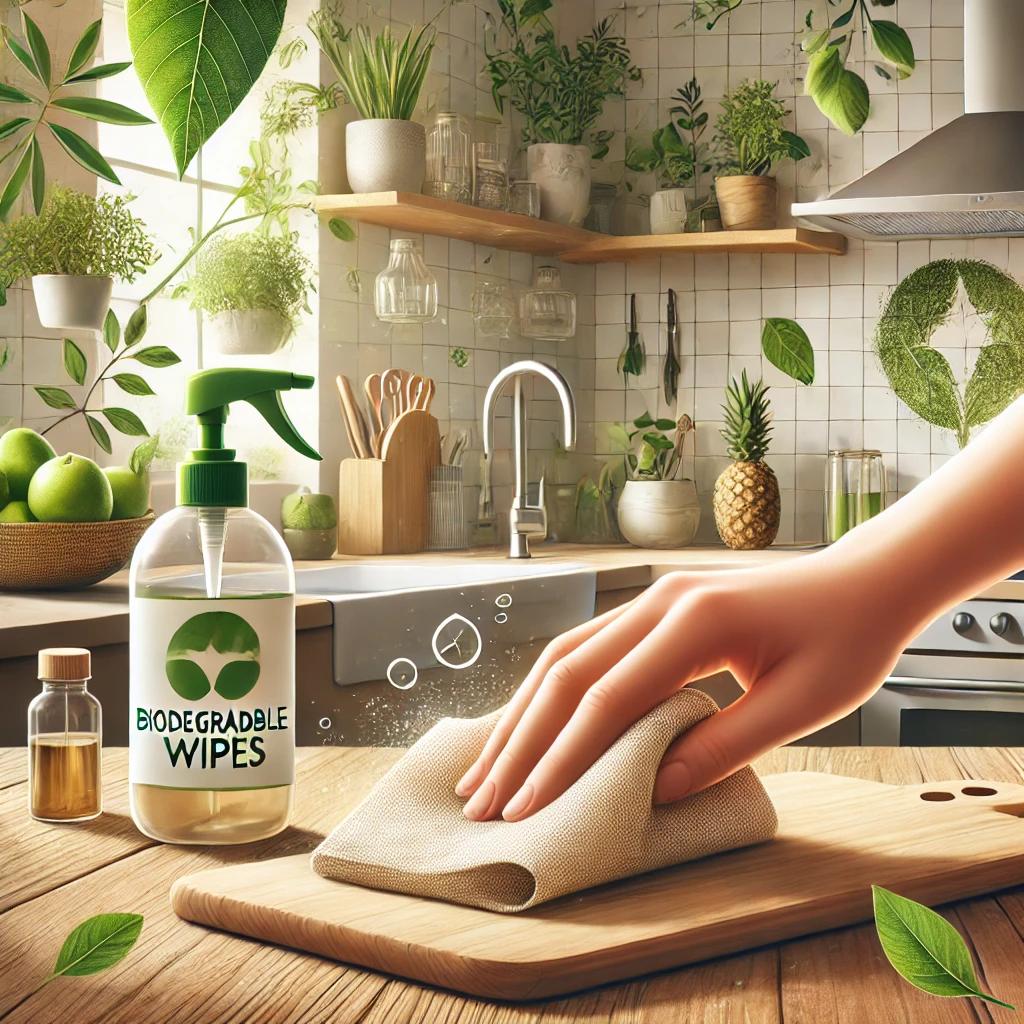
"The complete Guide to Biodegradable Wipes: Eco-Friendly Cleaning Solutions"
Introduction
Biodegradable wipes have become increasingly popular as people seek more environmentally friendly alternatives to traditional disposable wipes. This comprehensive guide will explore the world of biodegradable wipes, their benefits, types, and how to use them effectively in various situations.
What Are Biodegradable Wipes?
Biodegradable wipes are disposable cleaning cloths designed to break down naturally in the environment, typically within a few months to a year. They are made from materials such as bamboo, cotton, or wood pulp, which can be decomposed by bacteria or other living organisms.
Types of Biodegradable Wipes
1. Personal Care Wipes
Baby wipes
Facial cleansing wipes
Feminine hygiene wipes
2. Household Cleaning Wipes
All-purpose cleaning wipes
Glass and mirror wipes
Kitchen and bathroom wipes
3. Outdoor and Travel Wipes
Camping wipes
Hand sanitizing wipes
Pet cleaning wipes
Benefits of Using Biodegradable Wipes
Environmentally friendly: Reduce plastic waste and landfill burden
Gentle on skin: Often made with natural, hypoallergenic materials
Versatile: Suitable for various cleaning tasks
Convenient: Easy to use and dispose of responsibly
Sustainable: Made from renewable resources
How to Use Biodegradable Wipes
Personal Care
Baby Care
Gently clean baby's skin during diaper changes
Use fragrance-free options for sensitive skin
Dispose of wipes in a compost bin or as directed
Facial Cleansing
Remove makeup and cleanse skin
Choose wipes suitable for your skin type
Follow up with your regular skincare routine
Household Cleaning
Surface Cleaning
Wipe down countertops, tables, and other hard surfaces
Use different wipes for kitchen and bathroom areas
Rinse surfaces with water if necessary
Glass and Mirrors
Use specific glass-cleaning biodegradable wipes
Wipe in a circular motion for streak-free results
Buff with a dry cloth if needed
Outdoor and Travel Use
Camping and Hiking
Clean hands and face before meals
Sanitize cooking utensils and surfaces
Properly dispose of used wipes (pack it out)
Pet Care
Clean paws after walks
Wipe fur to remove dirt and allergens
Use pet-specific wipes for sensitive areas
Proper Disposal of Biodegradable Wipes
Composting: If the wipes are certified compostable, add them to your compost bin
Trash: If composting isn't available, dispose of in regular trash (not in recycling)
Never flush: Even biodegradable wipes should not be flushed down the toilet
Choosing the Right Biodegradable Wipes
Look for certifications (e.g., USDA Certified Biobased Product)
Check the ingredients list for natural, plant-based materials
Consider your specific needs (e.g., sensitive skin, cleaning power)
Read reviews and compare different brands
DIY Biodegradable Wipes
For the eco-conscious and crafty, you can make your own biodegradable wipes:
Cut old cotton t-shirts or bamboo fabric into small squares
Create a cleaning solution with water, castile soap, and essential oils
Store fabric squares in the solution in an airtight container
Wash and reuse the cloths, or compost when they wear out
Conclusion
Biodegradable wipes offer a convenient and eco-friendly alternative to traditional disposable wipes. By choosing the right type for your needs and disposing of them properly, you can maintain cleanliness while reducing your environmental impact. Make the switch to biodegradable wipes and take a step towards a more sustainable lifestyle.
